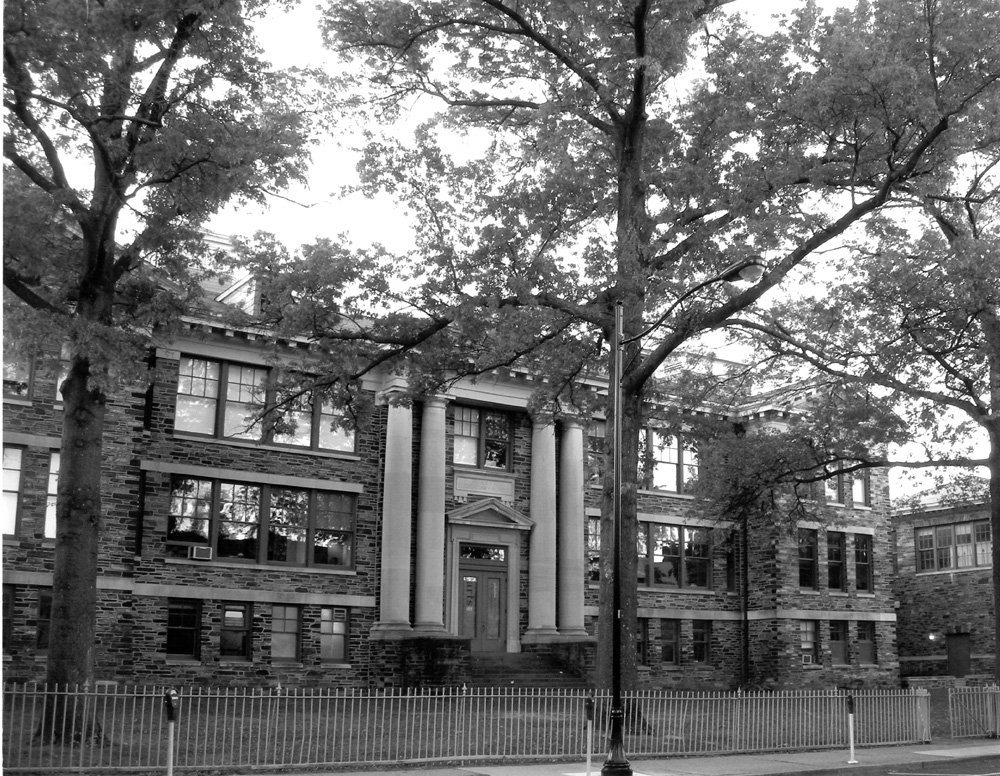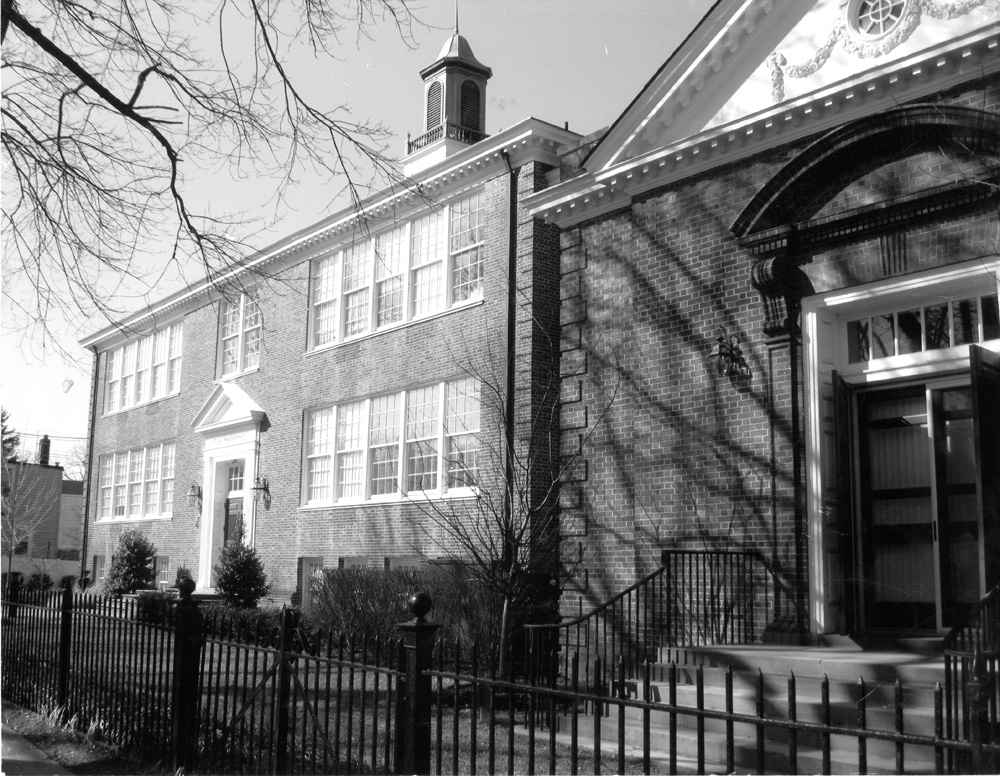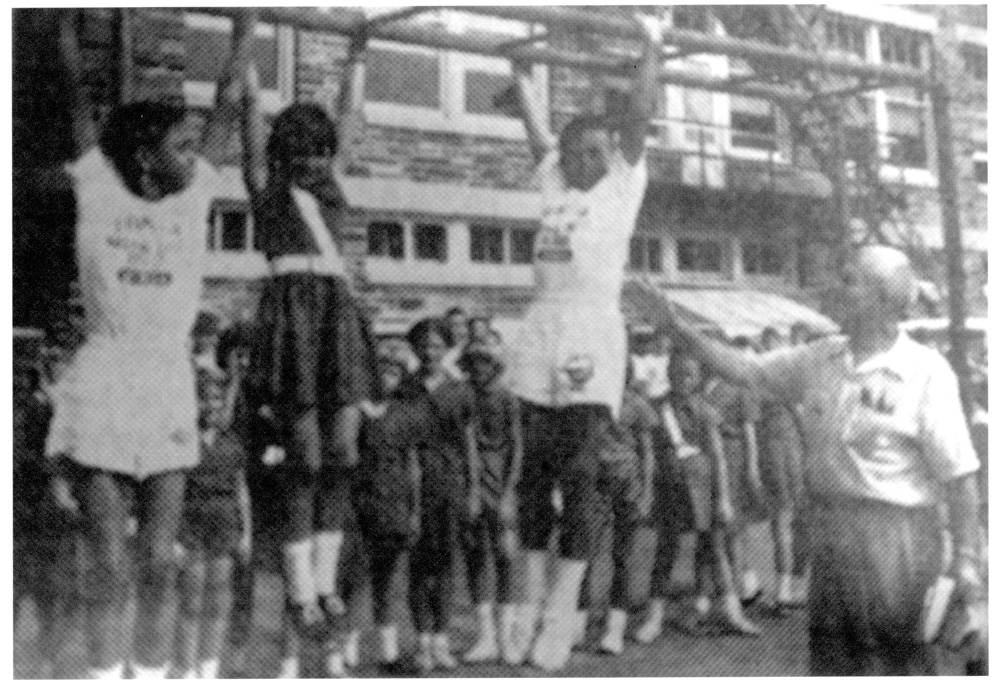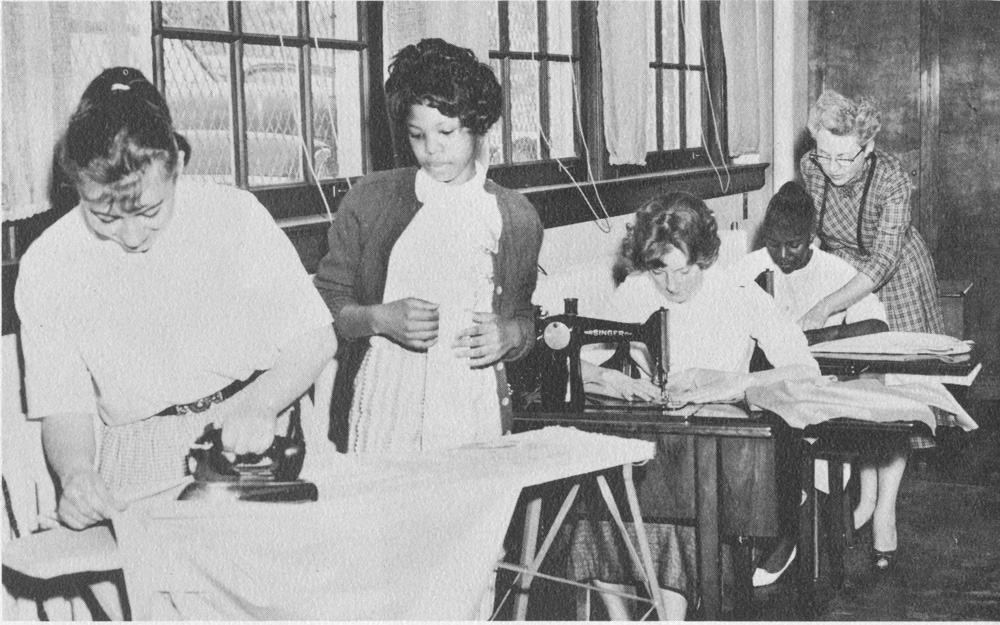Integration and the Princeton Plan for School Reorganization
Nassau Street School
Borough Elementary School at 185 Nassau Street
Integrated 1948. Closed 1966.
Witherspoon School
Borough Middle School at 35 Quarry Street
Integrated 1948. Closed 1966.
In 1948, Princeton Borough integrated its schools using what has become known as “the Princeton Plan for School Reorganization,” after the 1947 State Constitution officially forbade segregation in public schools. This mandate was the first of its kind in an American state constitution and banned segregated schools in New Jersey a decade before the Brown v. Board of Education Supreme Court decision did so nationally.
Under the Princeton Plan, the all-white Nassau Street School became the Borough’s sole integrated elementary school, while the Black Witherspoon School for Colored Children was converted into an integrated middle school. Critics applauded the Plan for how it retained and redistributed existing buildings and staff from both the white and Black schools. They also appreciated how it organized schools by grade levels instead of by geographic location. This eliminated neighborhood schools, helping to prevent de facto segregation. The Princeton Plan became a national model for school integration.
Outside the Borough, Princeton Township also converted its Valley Road School to an integrated school for grades 1-8 and reopened the Stony Brook School as an integrated kindergarten, accommodating 125 Black students sent from the now-integrated Witherspoon School.
Though the integration was generally viewed as swift and smooth by the town’s white parents, Princeton’s Black population viewed it with some misgivings. Some Black families lamented the loss of community and mentorship that the all-Black neighborhood schools had provided. And, at the integrated schools, Black students often faced low academic expectations and had to fight to be placed on the college track.

Nassau Street School. PPS Archives.

Witherspoon School. PPS Archives.

Children playing on the monkey bars. PPS Archives

Home Economics class. PPS Archives.